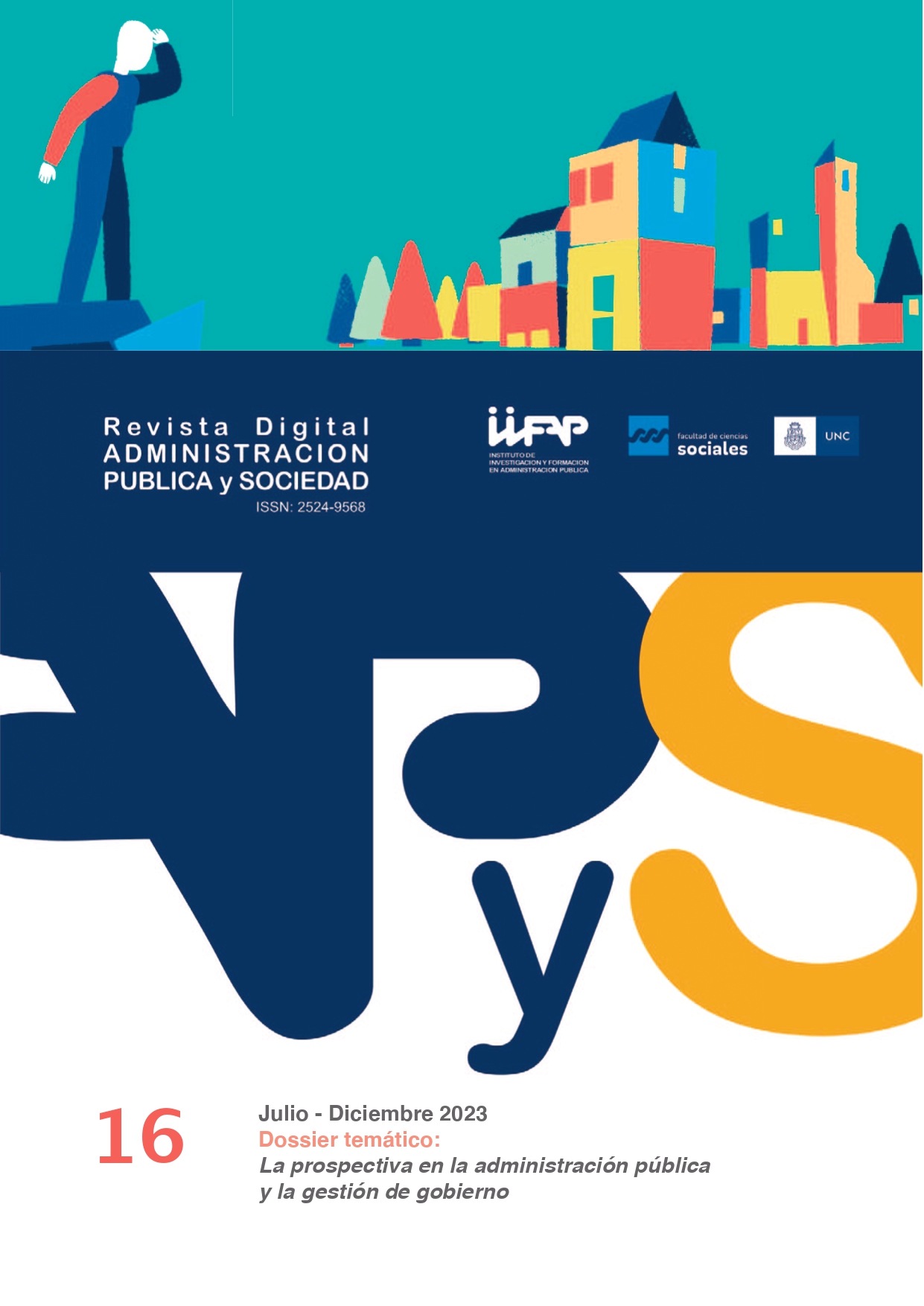Prospective analysis of the application of FINTECH in the Banco de Desarrollo Productivo S.A.M
Main Article Content
Abstract
This article addresses the influence of Fintech organizations in the Banco de Desarrollo Productivo – Sociedad Anónima Mixta (BDP – S.A.M.) of Bolivia, which is in an expansion phase and faces challenges inherent to this stage, in addition to a strategic opportunity to take advantage of the advance of Fintech in achieving its objectives. The focal problem focuses on identifying critical variables that could affect the bank in its expansion path and how Fintech can play a fundamental role. Seven areas of concern are listed, including lack of internal automation, limitations in lending and recovery channels, insufficient digitalization in rural areas, high dependence on intermediaries, lack of product diversification, high funding costs, and an area of innovation in development. The studies highlight key variables that directly affect the bank, such as the offer of services, the impact on results, the development of new technologies, reaching clients, financial inclusion and the technological adaptation of the bank through the application of the method DELPHI. The MACTOR method identifies the National Government as a dominant actor as well as the various scenarios and strategic analysis for decision making. The prospective scenarios show the need to make fundamental decisions to incorporate technologies and improve financial inclusion. The study highlights the importance of leveraging the bank's current position as an operational development arm and Government support to achieve success in an ever-changing financial environment.
Article Details

This work is licensed under a Creative Commons Attribution-NonCommercial-ShareAlike 4.0 International License.
Authors who publish in this journal accept the following terms of the copyright policy:
- Authors shall retain their copyright (including copyrights) and shall grant to the journal the right of first publication of their work, which shall simultaneously be subject to the Creative Commons Recognition License: No commercial use of the original work or any derivative works is permitted, distribution of which must be made under a license equal to that which governs the original work.
- Authors may adopt other non-exclusive license agreements for the distribution of the version of the published work (e.g., placing it in an institutional repository or publishing it in a book) provided that the initial publication in this journal is indicated.
- Authors are allowed and encouraged to disseminate their work through the Internet (e.g., in institutional repositories or on their website) after the publication process, which may lead to interesting exchanges and increased citations of the published work. (See The Effect of Open Access).
How to Cite
References
MONTOYA, Mauricio.P (2017), “Aplicación de los ejes de Schwartz como metodología de prospectiva tecnológica al modelo universitario-empresa en el contexto colombiano”. Ingenierías USBMed,8, 63-70.
NATALIA OTERO - Camacuá y Reconquista, Destacados (2021, noviembre 25). Fintech, Un Fenómeno Pujante Que Presenta Varios Desafíos Para Los Trabajadores. https://www.radiocamacua.uy/2021/11/fintech-un-fenomeno-pujante-que-presenta-varios-desafios-para-los-trabajadores/
PERALTA, G. A. (2021). Fintech: el futuro de la industria financiera. Mendoza: Universidad Nacional de Cuyo.
REYES KONINGS, L. (2010). La Conferencia de Bretton Woods. Estados Unidos y el dólar como centro de la economía mundial. Procesos Históricos, 72 - 81.
ROWE, G. and Wright, G. (2001) Expert Opinions in Forecasting: The Rof the Delphi Technique. In: Armstrong, J., Ed., Principles of Forecasting: A Handbook for Researchers and Practitioners, Kluwer, Boston, 125-144.

